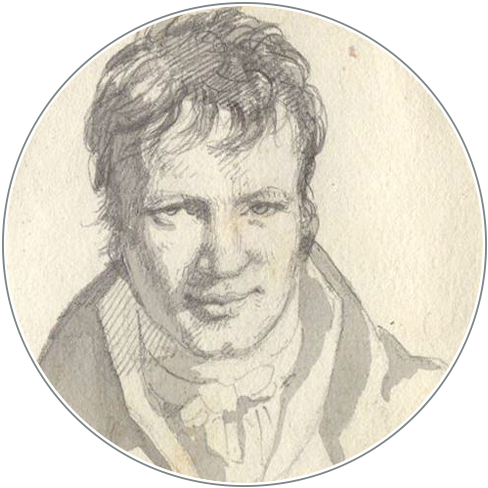Alexander von Humboldts Beurteilung der Solequellen in Slonsk (Słońsk) an der Weichsel im Jahr 1794, seine Vorschläge und wie es vor Ort weiterging
DOI:
https://doi.org/10.18443/380Palabras clave:
Solevorkommen bei Slonsk/Weichsel, Humboldts Gutachten, seine Vorschläge für eine Saline, Bohrversuche, historische BohrlöcherResumen
Zusammenfassung
Im Auftrag des Staatsministers Freiherr von Heinitz beurteilte 1794 der Oberbergmeister Alexander von Humboldt die Solevorkommen in Slonsk an der Weichsel. Er schätzte die Bedingungen für die Errichtung einer Saline ein und unterbreitete Vorschläge zum weiteren Vorgehen. Auf dieser Basis führten die preußischen Bergbeamten Friedrich Küster im Jahr 1798 und Alexander von Mielęcki im Jahr 1806 Bohrversuche durch. Die Position der Bohrlöcher konnte durch Karten in polnischen Archiven bestätigt werden. Der Einzug der Armee Napoleons im Herbst 1806 unterbrach die Arbeiten vor Ort. Erst im Jahr 1824 unterzeichnete der polnische Unternehmer Konstanty Leon Wolicki zwei Verträge zur Errichtung einer Saline. Mit der Entdeckung einer Kopie des Berichts von Alexander von Humboldt im Jahr 2015 wurde dessen Bedeutung für die Errichtung einer Saline und eines Solebades in Ciechocinek offensichtlich.
Abstract
In 1794, on behalf of the Minister of State Baron von Heinitz, the Chief Inspector of Mines (Oberbergmeister) Alexander von Humboldt assessed the brine deposits in Slonsk on the Vistula for their mining potential. He assessed the conditions for the construction of a salt works and made suggestions on how to proceed. On this basis, the Prussian mining officials Friedrich Küster in 1798 and Alexander von Mielęcki in 1806 carried out drilling tests. The position of the boreholes could be confirmed by maps in Polish archives. The arrival of Napoleon’s army in the fall of 1806 interrupted the work on site. It was not until 1824 that the Polish entrepreneur Konstanty Leon Wolicki signed two contracts for the construction of a salt works. With the discovery of a copy of Humboldt’s report in 2015, his importance for the construction of a salt works and brine baths in Ciechocinek became apparent.
Streszczenie
Na zlecenie ministra stanu, barona von Heinitza, w 1794 roku naczelny mistrz górniczy Aleksander von Humboldt dokonał oceny złóż solanki w Słońsku nad Wisłą. Wskazał miejsca potencjalnych odwiertów, warunki umożliwiające budowę warzelni soli i przedstawił propozycje dalszych działań. Na tej podstawie pruscy urzędnicy górniczy: Friedrich Küster w 1798 r. i Alexander von Mielęcki w 1806 r., przeprowadzili próbne wiercenia. Lokalizację otworów wiertniczych potwierdzają mapy znajdujące się w archiwach polskich. Przybycie armii Napoleona, jesienią 1806 r., przerwało prace wiertnicze. Dopiero w 1824 roku polski przedsiębiorca Konstanty Leon Wolicki podpisał dwa kontrakty na budowę warzelni soli. Odkrycie wcześniej zaginionej kopii raportu Aleksandra von Humboldta w 2015 r., uświadomiło znaczenie jego pracy dla późniejszej budowy warzelni soli i uzdrowiska solankowego w dzisiejszym Ciechocinku.

Descargas
Publicado
Cómo citar
Número
Sección
Licencia
Derechos de autor 2025 Dagmar Hülsenberg, Józef Tomasz Juros

Esta obra está bajo una licencia internacional Creative Commons Atribución-NoComercial 4.0.
Los derechos de los artículos enviados permanecen en manos de los/as autores/as y se publican bajo una licencia CC (CC BY-NC 4.0). Todos los/as autores/as que publican en HiN aceptan este modelo de licencias.
Es responsabilidad de los/as autores/as obtener la autorización necesaria para la publicación de imágenes.
Los derechos del Diseño de Impresión y el diseño de la revista no son transferibles y no pueden reutilizarse de ningún modo para otras publicaciones sin previa aprobación de HiN.








